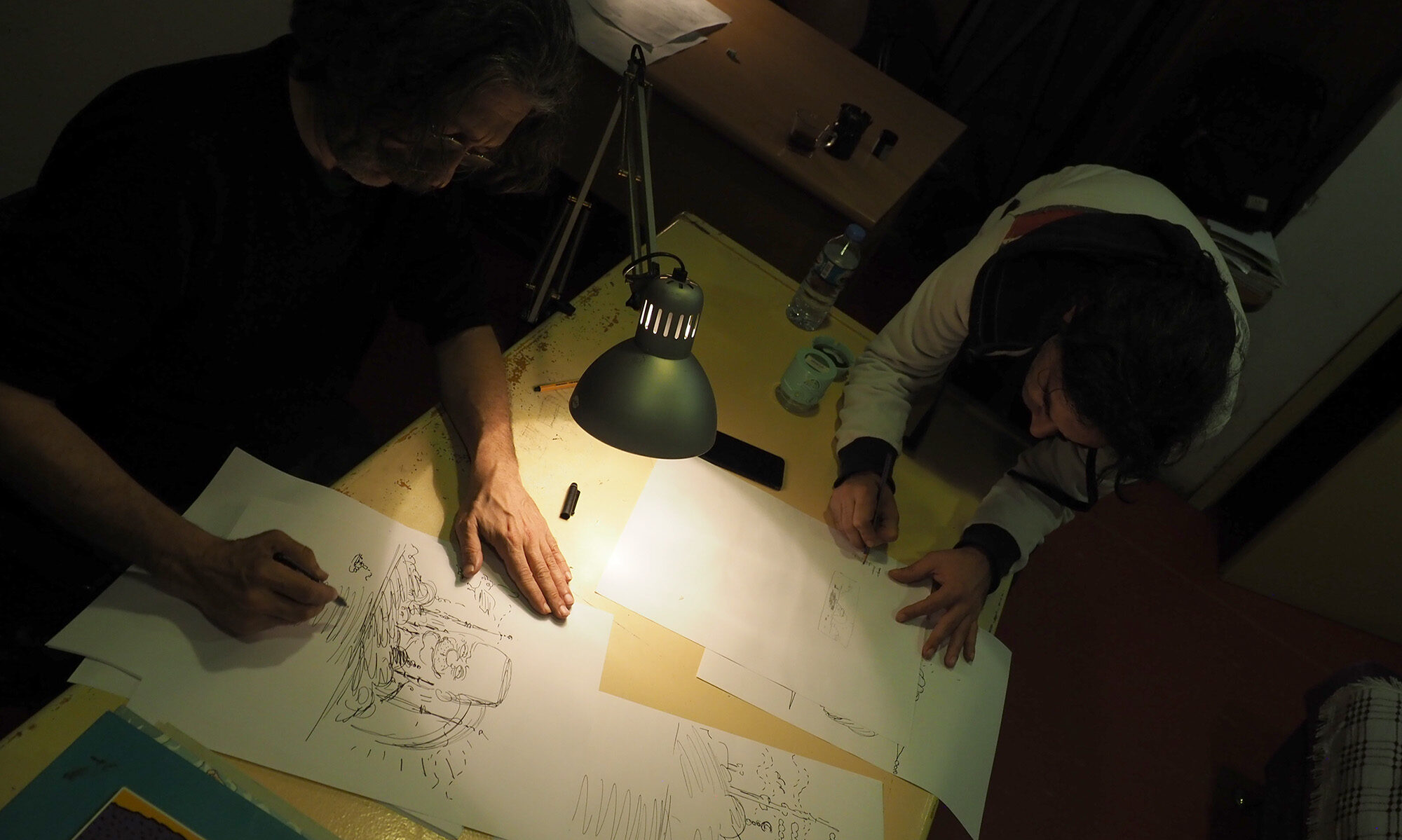When Washington Post cartoonist Ann Telnaes was president of the Association of American Editorial Cartoonists (AAEC) in 2017, she grew anxious about what the new occupant of the White House would mean for her fellow cartoonists. “He had been talking about going after journalists,” she recalls about Donald Trump. “I was very worried for my members, that he’d go after us – because he is such a visual person and doesn’t read.”
Trump’s allergy to the printed word turned out to be a blessing. He didn’t attack political cartoonists after all. “He is a creature of television not a creature of newspapers,” she notes.

But the relief was short-lived. In a highly publicised case in 2018, an American cartoonist was sacked for being too critical of Trump. Rob Rogers, who had been AAEC president ten years earlier, lost his job at the Pittsburgh Post-Gazette after 25 years at the newspaper. He was replaced by a conservative cartoonist.
The sacking stunned the country’s small fraternity of political cartoonists, including Telnaes. “What I wasn’t prepared for was what happened to Rob. He wasn’t attacked by Trump’s government but he was he was attacked by Trump’s supporter. How do you protect against that?”

I interviewed Telnaes at the National Portrait Gallery in Washington DC — an appropriate venue to ponder art and power, I felt. The august building is home to portraits of every American President. Obama’s was recently unveiled. Trump will one day join him.
Most countries use art to honour their heads of state. What makes the United States unique, though, is that art can also be used to ridicule the president. It’s a right that enjoys virtually absolute constitutional protection.

The Rob Rogers case was a reminder that the First Amendment only protects against state intervention. A newspaper publisher is free to censor his employees, or fire them, if he disagrees with their opinions. But when the publisher of the Post-Gazette suppressed Rob Rogers’s viewpoint, the effect was akin to the kind of censorship that the First Amendment was designed to prevent.
“His publisher was a big supporter of a President, so it is almost as if the government did fire him, but didn’t really,” Telnaes notes. “That was a whole different angle that I don’t think any of us anticipated. Rob was definitely a wake up call.”
Like many media observers, Telnaes also worries about the anti-media hatred that Trump is actively stoking with his “fake news” slogan. “This is such a charged, loaded herm and it’s dangerous to use because you’re delegitimising the free press that is a very important part of our democracy. If we don’t have it we’re gonna be in a big trouble.”
There has always been public dissatisfaction with the media, but this has being ratcheted up into open hostility. “Now people feel empowered to be aggressive, to strike out, because they watch the guy in the Oval Office.”
Trump is not the only threat to the country’s storied tradition of political cartooning. Observers have noted a decades-old trend in the mainstream media away from risky, provocative cartoons and towards safer themes and treatments, resulting in a certain blandness setting in.
Telnaes agrees. “I think in this country blandness started with concerns about commercial viability: cartoonists wanting their work to be used and reprinted, and editors wanting easy cartoons that they don’t get them into trouble and don’t get subscriptions canceled.”
You can see Ann Telnaes’s portfolio of recent works here.
– Cherian George. This interview was done in October 2018 as part of research for a book on cartoon censorship.

